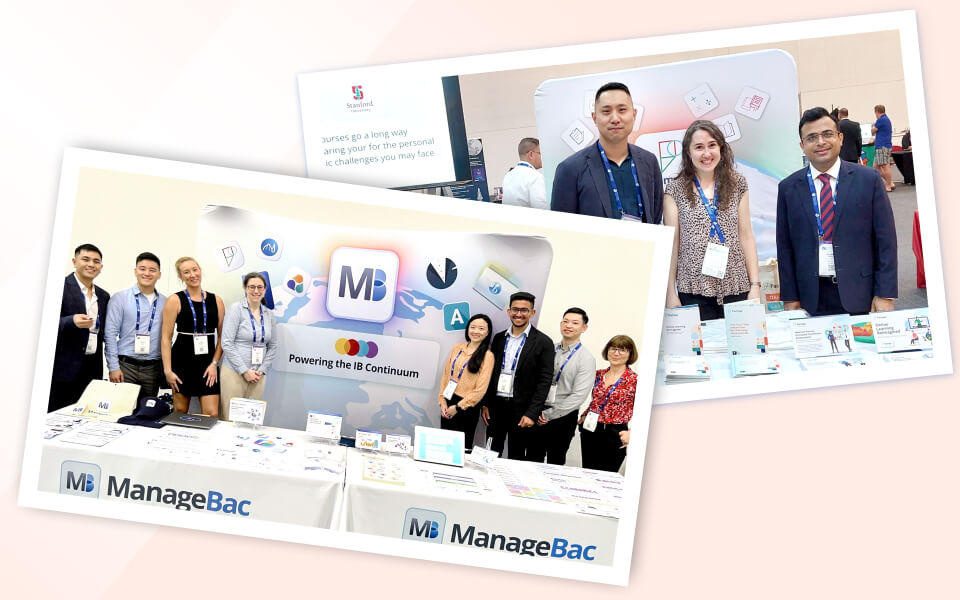Generation Y is commonly credited with introducing collaborative technologies, such as social networking, into the workplace. These individuals, also known as millennials are tech savvy digital natives, who like to communicate and share, however they also have extremely high expectations brought about by this familiarity with technology.
Through social media tools, messaging apps, work-based collaborative platforms, multi-player gaming experiences and interactive entertainment solutions, this generation has had the opportunity to network with friends and peers when they chose. However, when it comes to their use of social media tools, from blogs to podcasts, Generation Y is no more active than their immediate elders.
Members of Generation Y grew up in the digital era and, so, they expect to see social media, mobile computing and streaming media used. What this means for the collaborative opportunities is that physical distance is no longer considered a barrier, and we have seen that they are more globally minded and tolerant (according to 35% of voters).
As Generation Y completed education and moved into the corporate world, we have seen changes in business communication, shifting from email and internal intranets to more mobile friendly tools, having grown up with digital communication, with family PCs, personal laptops, and more recently smartphones and tablets which all allow answers to questions to be found almost instantly. The 2016 Digital Workplace Communication Survey highlighted that these digitally native millennials are a driving force, pushing business to catch up with technology trends exhibited in people’s daily lives.
So why is it that the tech savvy Generation Y prefers to communicate with text, remains a curator rather than collaborator, and is focused on now, rather than future opportunities? Maybe it’s as simple as the fact that this generation was never taught to use the digital tools and platforms to learn, and collaborate; technology stood alone, instead of empowering the learner.
There remains a tension of opposites between the use of technology to teach, and the way it is used to learn. A recent study claims that the use of computers and the Internet in classroom situations substantially harms students’ exam results. This is hardly a surprise, but not for the reasons suggested in the article. If the younger generations are absorbing more information, and at a quicker rate, and are used to using technology to ask questions and discover much more about the world than was previously possible, why are the majority of exams paper-based, restrictive in terms of scope, and not utilising any form of technology now common in students’ daily life?
We must as a priority focus on the learner and look at how we provide the next generation, currently in school (Generation Z, 1 to 20 year olds) with the skills and opportunities to use all of the resources, technology and expertise currently available, so that they can ask questions, collaborate and learn continuously both within and beyond the classroom.
Giving Generation Z students the freedom and confidence to use technology in a learning model that re-positions and supports teachers in becoming powerful facilitators will encourage students to collaborate with each other and to reflect on their own learning, empowering them to take advantage of learning moments beyond the school classroom, to own their futures,
These learning moments occur when students grow in their understanding of the world, individually and collectively, and as they become better equipped to contribute to the world – as both creators and collaborators.
Sign up to our monthly newsletter to keep up to date with all the latest Pamoja news.




